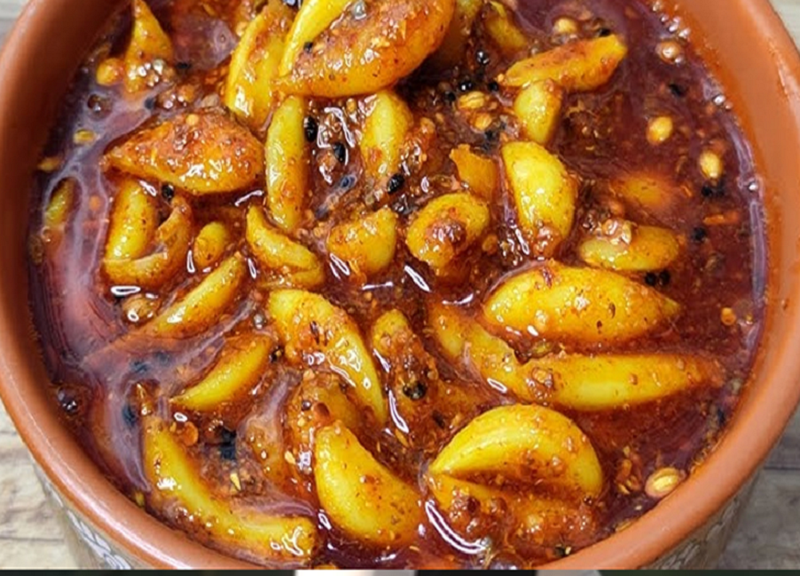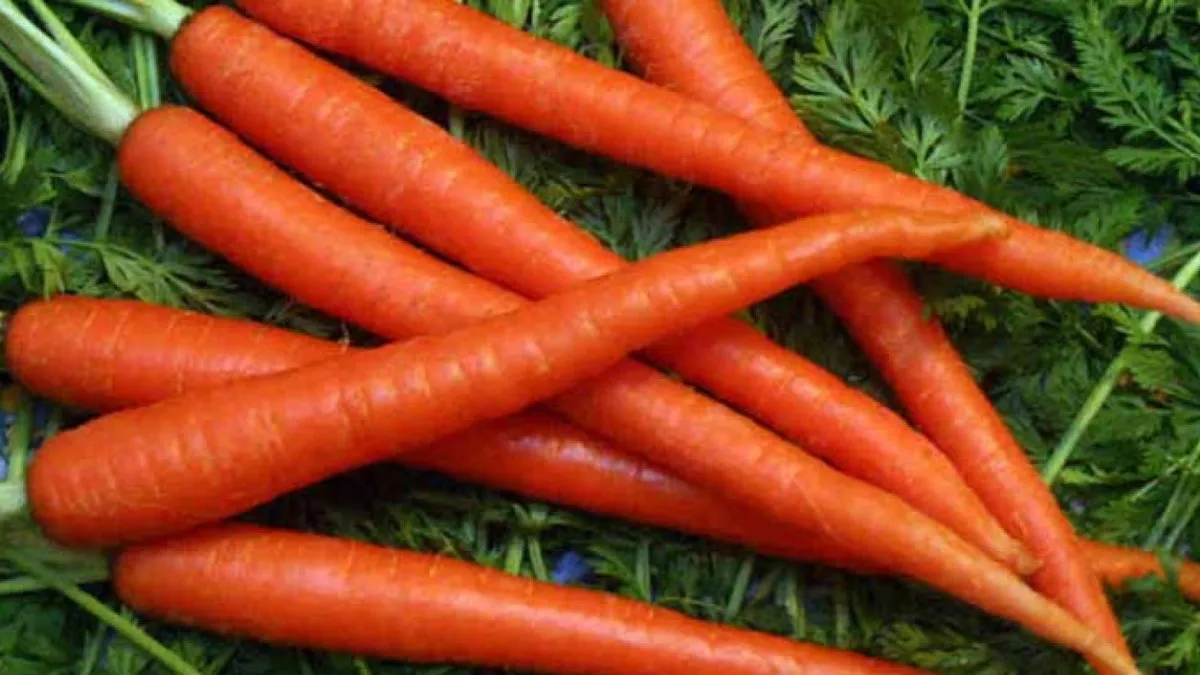The month of June is going on. The torture of summer has increased a lot. Significantly, since the beginning of the summer season, it has been raining intermittently. At the same time, after the rain stops, the effect of heat increases considerably. In such a situation, people consume many types of fruits to keep themselves fresh in the summer season. When it comes to consuming fruits, who can forget mangoes? In the summer season, people consume mangoes on a large scale. Many types of mangoes are sold in the market in this season. Dussehri, Totapuri, Langda, Safeda, Sinduri, etc. are included in these. Consuming mangoes in the summer season also provides many health benefits. It is often seen that along with sweet mangoes in the market, sour mangoes are also mixed in them. In such a situation, it becomes very difficult to identify the right mango. In this episode, today we are going to tell you about some special methods, with the help of which you can identify sour and sweet mangoes.

You can identify sour and sweet mangoes by their skin. You should be aware that if the mango is ripened naturally. So there is no stain on it.
On the other hand, if the mango has been cooked with the help of chemicals. In such a situation, you will see many types of stains on its peel. In such a situation, while buying mangoes, do look carefully at their peel.
You can identify sour and sweet mangoes even by touching them. If you feel tight after touching the mango. In such a situation, there is a high probability that the mangoes are sour.
On the other hand, if the mangoes are feeling soft to the touch. In this case, the mango is sweet and it ripens naturally. Time mangoes are cooked with the help of chemicals.
(PC: iStock)










